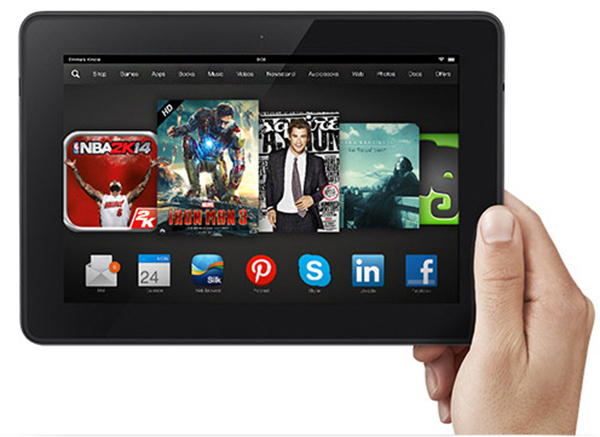
Can't afford the new Kindle Fire tablet? Amazon has financing
Amazon has made a lot of news recently, which probably shouldn't be a surprise, given this is the shopping season and it's one of the most prominent retailers. Much of that buzz has surrounded the latest refresh of the company's line of Android tablets -- the Kindle Fires -- with Cyber Monday deals, and then another one-day sale. But now Amazon is looking to hook up those who can't afford to shell out that full price all at once.
The retail giant has quietly rolled out an installment plan to help you get that tablet. Both the 7-inch and 8.9-inch versions of the Kindle Fire HDX are included in the deal. At checkout, you will need to pony up 25-percent of the retail price, plus any taxes and shipping charges. But, after that, you will just be billed one time every 90 days (three times total) in equal amounts to cover the balance owed.

Give the gift of Amazon Coins this holiday
Do you have someone on your shopping list who is part of the Amazon ecosystem? Chances are you do, given that anyone with an Android device can install and use the Amazon App Store, Kindle App, MP3 player and more. What you may not be familiar with is something called Amazon Coins.
The currency doesn't get a lot of attention, but it can be used to purchase apps, games and in-app items. Each Coin is essentially the equivalent of a penny -- 500 Coins is the same as $5.
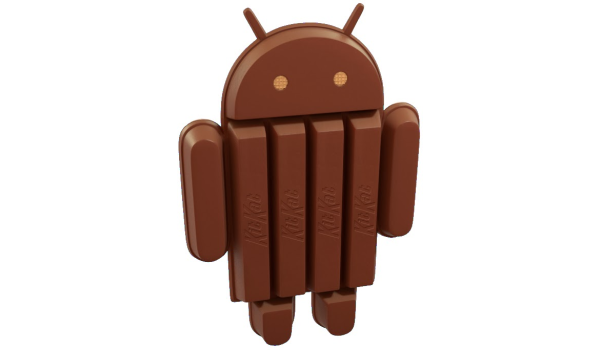
Android 4.4.2 factory images arrive, unofficial changelog reveals security fixes
Google has released new factory images based on Android 4.4.2 KitKat, for the Nexus 4, Nexus 5, Nexus 7 and Nexus 10. This comes a couple of days after the search giant rolled out the latest update for its mobile operating system.
The Android 4.4.2 factory images allow users of said Nexus devices to install, and upgrade to, the latest KitKat version without waiting for the OTA update to arrive. They also come in handy for installing individual bits, like the radio, kernel or recovery, alongside third-party distributions.

99 percent of mobile financial malware writers prefer Android
A new report by information research specialist NSS Labs focuses on the evolving landscape of mobile financial malware. It concludes that cyber criminals are adapting to the use of mobile apps to authorize transactions and that 99 percent of current mobile malware is aimed at the Android platform.
As banks add extra functionality to their apps they open up greater capabilities for both customers and the cyber criminals. Many mobile banking apps are based on HTML code making them especially vulnerable to exploits. The report's author, NSS Labs Research Vice President Ken Baylor, says this should prompt more banks to develop secure native apps for mobiles, incorporating fraud-resistant features, if their customers are to stay secure.

Google Maps for iOS gains jetset-friendly features, new Android release offers commuter updates
Google has updated its mobile Maps apps for Android and iOS with the release of Google Maps for iOS 2.5.0 and Google Maps for Android 7.4.0.
Both apps include the obligatory bug fixes, but there they diverge, with iOS users now able to see flight, hotel and restaurant reservations from Gmail, while Android users get improved tools for step-by-step directions and commuting.
The Walk is a 500 mile thriller where every step counts
I’m a huge fan of Zombies, Run! The immersive app, available for iOS and Android, helped me to lose weight and get fit again, providing the motivation I needed to run on a regular basis. If you’ve not heard of it, the app is a bit like a radio play that unfolds between songs and turns a real-world run into an entertaining journey through the zombie apocalypse.
Now the developers behind that app, Six to Start and Naomi Alderman, have released a new fitness tracker and game for iPhone, iPod touch and Android devices, which is designed to help players incorporate more walking into their everyday lives.

Sneaky Android malware calls premium rate numbers when you’re not looking
You might think that dialer malware went out with dial-up modems and that in these days of broadband you don't need to worry about viruses that call premium rate numbers in order to earn criminals money.
But researchers at mobile security specialist Lookout have uncovered a new piece of malware called Mouabad.p that tries to make money by making calls from your Android smartphone. Of course smartphone fraud involving premium SMS messages isn't new but making calls represents a step up in the malware's functionality.
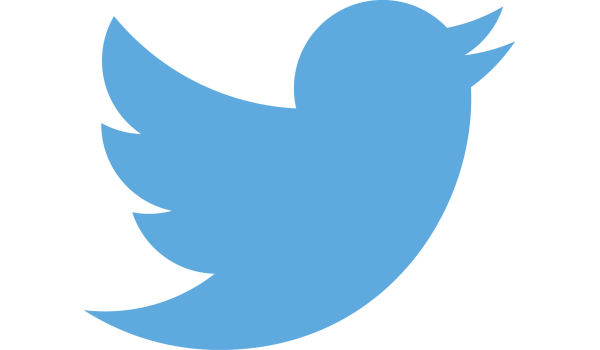
Twitter updates iOS and Android apps with new design, support for photo DMs
Twitter has released two major updates to its mobile app roster: Twitter 6.0 for iPhone, iPad and iPod touch, and Twitter 5.0 for Android users.
Both apps sport a new design, and support photos in Direct Messages as well as targeted notifications. iOS users also gain an improved search tool and support for Safari’s Reading List.
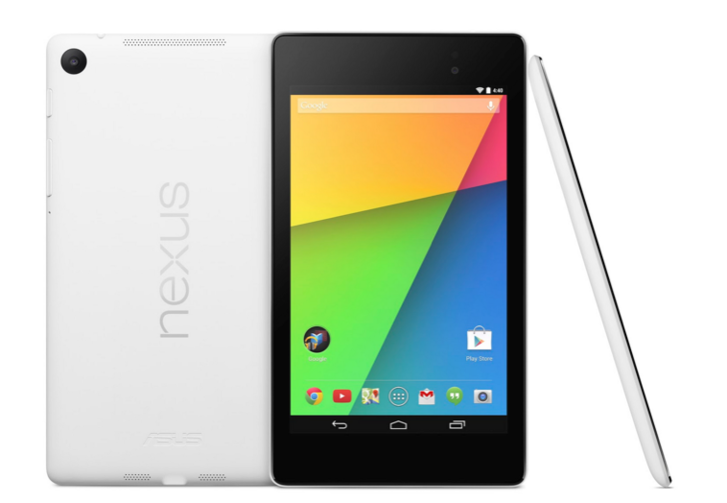
White Nexus 7 appears in Play store, only one model to choose from
Without much fanfare, Google has added a new member to its Nexus family, but it's not what you think. For weeks now we have waited, not entirely patiently, for an updated version of the Nexus 10 tablet, enduring endless rumored release dates that have come and gone.
The new addition, however, is a white version of the Nexus 7 that was unveiled back in June at a breakfast event with Android chief Sundar Pichai. The tablet sports a white back and edges, while the face still has the familiar black bezel.
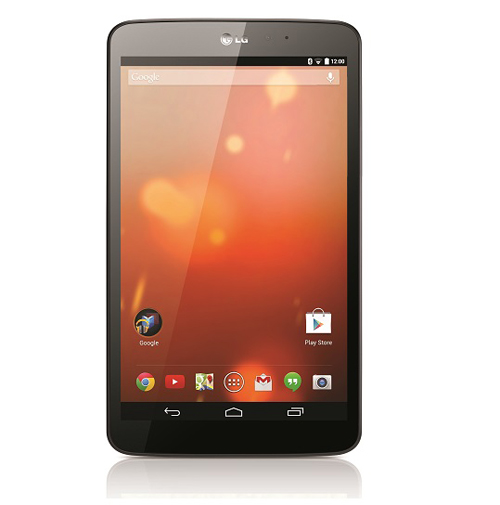
LG G Pad 8.3 becomes the first-ever Google Play Edition tablet
Android fans are very particular about their devices. For many, a Nexus device is the only way to go. After all, Nexus devices are usually the only way to run pure Android and get fast updates. However, what are you to do if you want the pure experience, but don't like the current offering of Nexus devices?
Google remedied that dilemma earlier this year by releasing Google Play Editions of the Samsung Galaxy S4 and HTC One. These phones run pure Android rather than the skinned versions by the handset manufacturers. Today, LG announces that its LG G Pad 8.3 is the first-ever tablet to be designated a Google Play Edition device. Will it be a Nexus 7 killer?

Android Christmas tree ornaments go on sale -- quickly out of stock
I swear, I'm not an Android "fan-boy"; I am not committed to any platform. However, I am a fan-boy of something -- technology. When the first generation of Android collectibles were released, I snatched them up because they were technology collectibles. They are cute and make great conversation pieces. Quite frankly, it is probably as close to art as I will get. I have since collected about thirty of the little figurines.
Every once in a while, the official retailer, Dead Zebra, will sell limited editions of the Androids that sell out pretty fast. A few days ago, I caught wind that limited-edition Android Christmas ornaments would be released on December 10th at 11am. I created a calendar reminder in Outlook to be sure I wouldn't miss out. However, ordering them proved rather difficult.
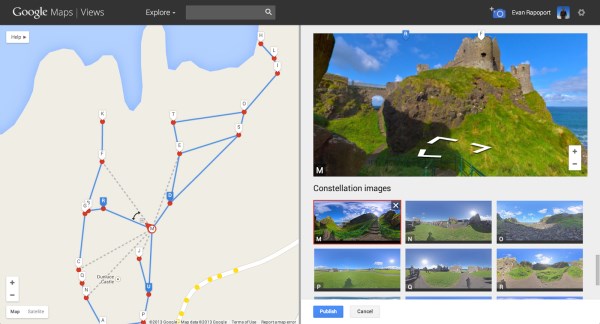
Google invites you to create your own Street View maps
Google Street View is a great way to explore the world around you without having to move from the comfort of your armchair. Not that we're lazy here at BetaNews, you understand! In fact, sometimes we like to get out and about. Like us, there are probably places you go to time and time again -- a favorite park, a trek up a hill, a stroll on the beach -- that are so breath-taking that you'd like everyone to experience them. Well, today Google makes that dream possible by letting anyone put together their very own Street Views.
In a post on the Google Maps blog, Product Manager for Google Maps and Photo Sphere, Evan Rapoport, explains that it is now possible to create a series of Photos Spheres, link them together and then share them on Google Maps. Unlike Google, there's no need to drive around in a special car kitted out with high tech camera equipment -- all you need is a DSLR or an Android phone.
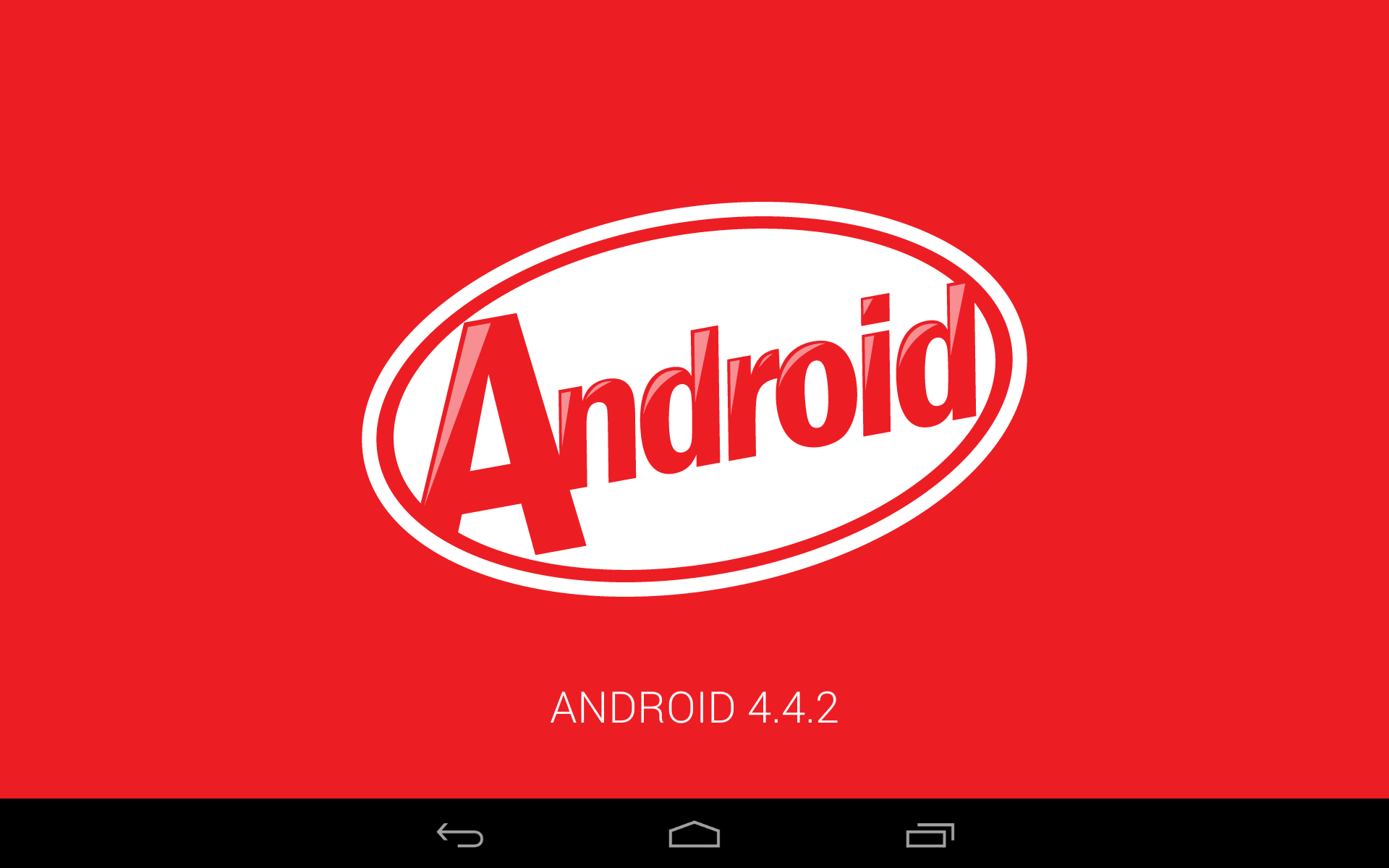
Android 4.4.2 KitKat now available, here's how to install it
Mere days after Android 4.4.1 was released, Google is rolling out Android 4.4.2 for compatible Nexus devices. The latest version is more of a modest upgrade, compared to its predecessor which delivered noteworthy improvements to the Nexus 5 camera, as it mostly squashes a few bugs.
Android 4.4.2 fixes issues with clearing and delivery of the VM Indicator, according to US mobile operator Sprint, and other bits of the mobile operating system. There are also security enhancements introduced in the latest version of KitKat.
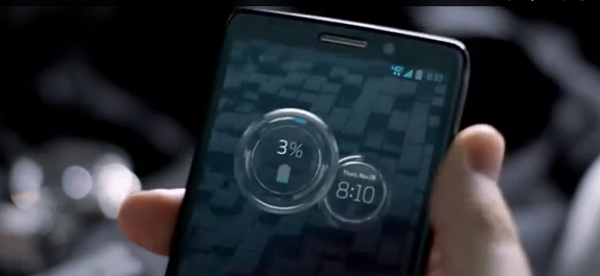
Verizon releases confusing Motorola Droid videos featuring Edward Norton
Strange and confusing ads are certainly not a new genre, in fact we see more than enough of them everytime we turn on the television. Verizon is taking this path now with a new series featuring Edward Norton -- it's no Fight Club, but it's almost as violent as that classic movie.
While the new campaign is certainly odd, it is also strangely compelling. The 30-second spot teases the real video without ever showing any sort of device to provide a hint of what this is all about. Instead it simply provides a hashtag and a "click here to see the full story" link -- #FortyEight, which seems to have a bit of traction on Twitter.

Textter wants to change the way you send and receive SMS messages [Q&A]
Miami-based startup Textter has developed a new service aiming to revolutionize the way people send and receive text messages.
We spoke to company founder Carlos Cueto in an exclusive interview ahead of next week's official launch to find out more about the product and what it has to offer.
